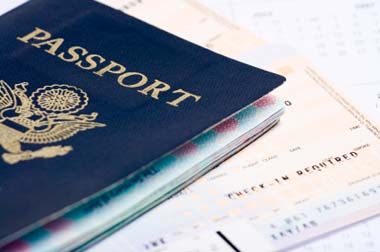Border Crossing and Immigration Control
 National governments have always has clear interests in protecting sovereign borders, including knowing who is entering and staying in the country. The modern rise of threats to both governmental institutions and the citizenry now demands stronger identity programs at border crossing and visa granting locations. Border crossing agencies serve to identify people who may pose a risk to the country, while facilitating trade and travel, and ensuring the integrity of the immigration process.
National governments have always has clear interests in protecting sovereign borders, including knowing who is entering and staying in the country. The modern rise of threats to both governmental institutions and the citizenry now demands stronger identity programs at border crossing and visa granting locations. Border crossing agencies serve to identify people who may pose a risk to the country, while facilitating trade and travel, and ensuring the integrity of the immigration process.
In many parts of the world, obtaining fraudulent travel documents is unfortunately all too easy, allowing unwanted individuals such as known criminals or terrorists to attempt to conceal their true identity, and concurrently, their histories. Given the prevalence of fraudulent documentation, only biometrics-based programs can identify persons of interest by matching against biometrics based watch lists.
Biometrics has been utilized for many years in several highly visible border crossing programs, with outstanding results.
For example, the United Arab Emirates implemented their Expellee Program utilizing iris recognition about 10 years ago. In the UAE, foreign guest workers provide labor and other services in support of their economic expansion. They have built an extensive data base of guest workers who are no longer authorized to work inside the country; this data base is augmented with the biometric identities of other individual not permitted to enter the UAE.
Biometrics can also be utilized in “positive ID” applications, in which VIP or pre-registered travelers are granted expedited passage based on biometrics verification. In this way, the work load on existing staff and systems chartered with reviewing typical travelers is lessened, contributing to program efficiency. There are eGate programs, in which automated systems with turnstiles read passport information and collect biometrics to verify the identity of trusted travelers. In other cases, the immigration documentation review process is automated with biometric reader placed in kiosks for approved travelers.